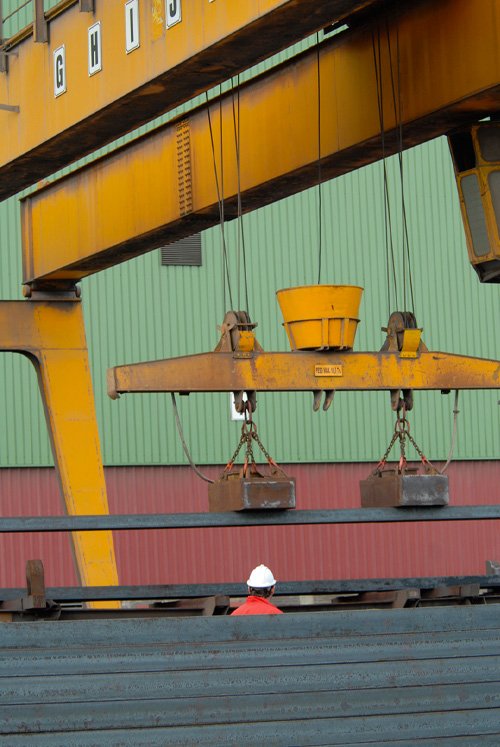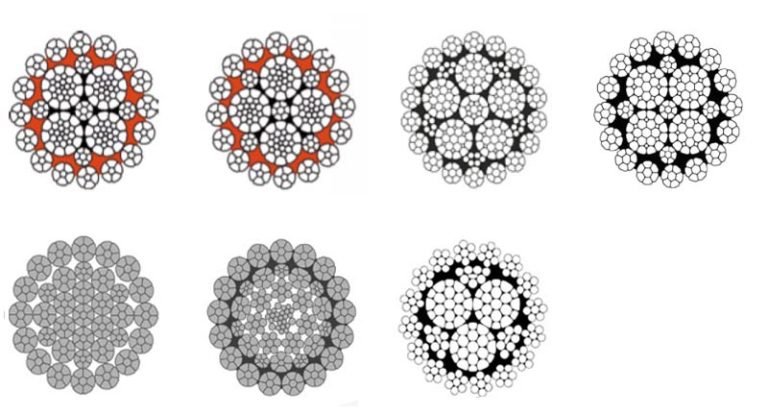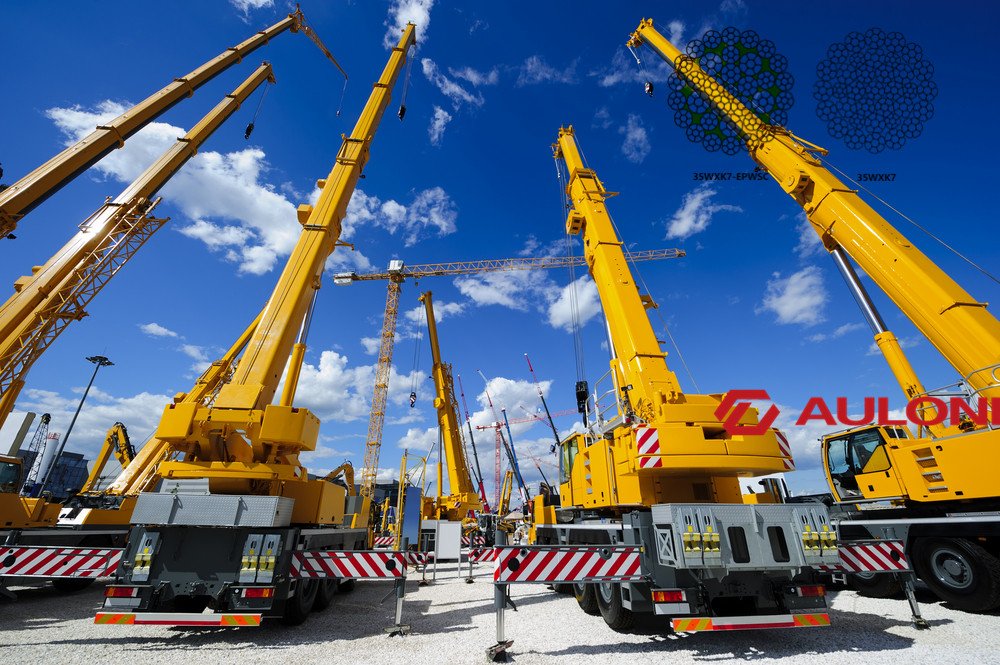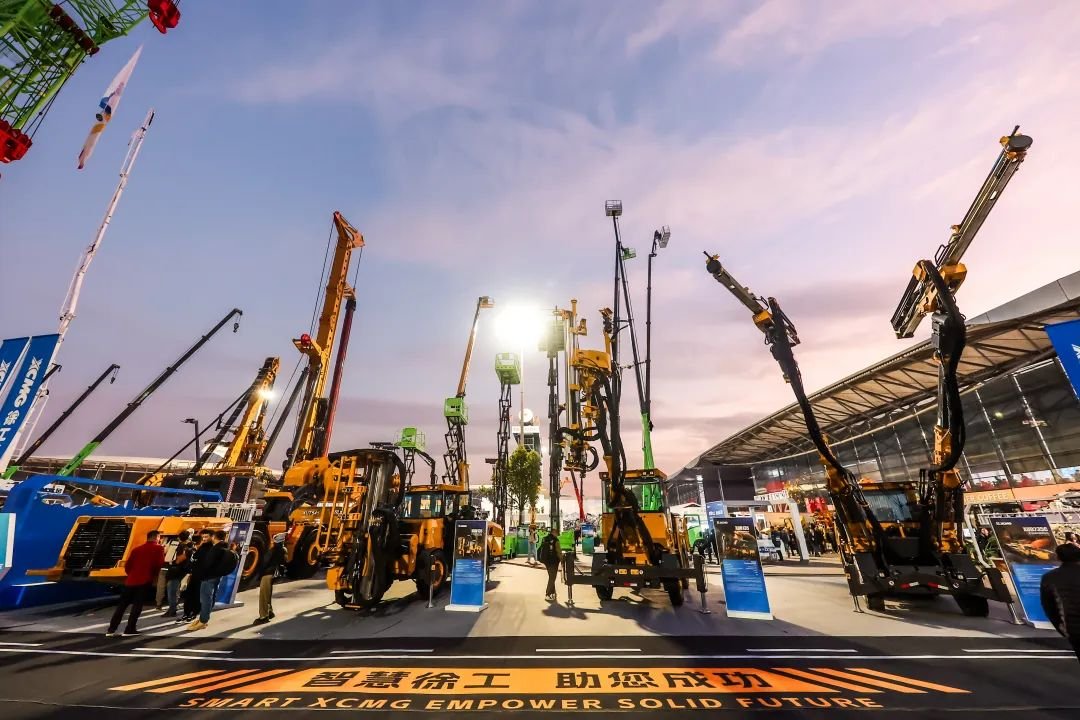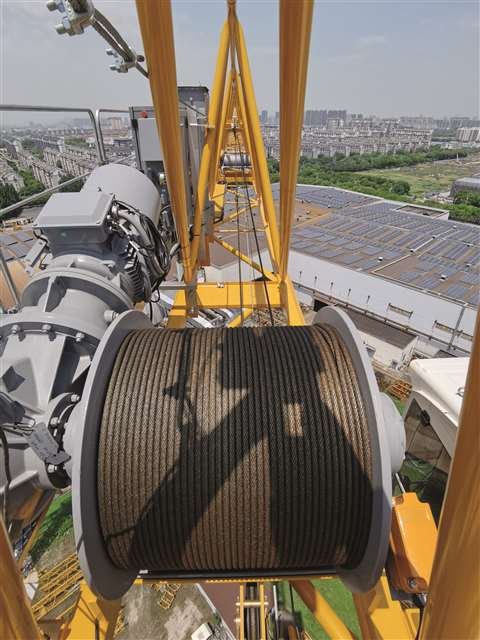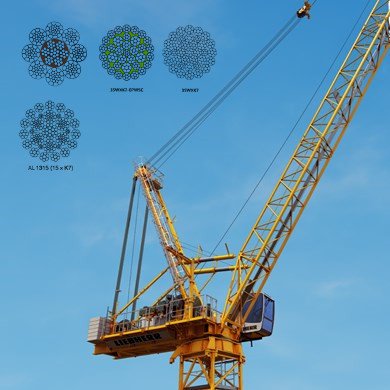Detailed Guide to Choosing the Right Wire Rope
Choosing the right wire rope involves a comprehensive evaluation of various factors to ensure it meets the specific requirements of your application. Below are the detailed considerations to help you make an informed decision:
1. Application Requirements
Load Capacity
- Determine Maximum Load: Identify the heaviest load the wire rope will need to support. This is crucial for safety and performance.
- Working Load Limit (WLL): Check the WLL, which is the maximum load that the rope can handle under normal working conditions.
- Breaking Strength: Ensure the rope has sufficient breaking strength, which is the maximum force it can withstand before failure.
Flexibility
- Required Flexibility: Consider how much bending and movement the rope will undergo. Different constructions offer varying flexibility:
- 7×7 Construction: Moderate flexibility, suitable for control cables and applications needing some bending.
- 7×19 Construction: High flexibility, ideal for running rigging and repetitive bending applications.
- 6×19 Construction: Moderate flexibility with good strength, suitable for heavy-duty applications.
Abrasion Resistance
- Environmental Wear: Evaluate the wear and tear the rope will face. For high-abrasion environments, choose ropes with higher abrasion resistance:
- Compacted Ropes: Increased density and resistance to abrasion.
- Coated Ropes: Additional layers like PVC or nylon can provide extra protection.
Rotation Resistance
- Rotational Forces: For applications where rotation can cause issues, opt for non-rotating or rotation-resistant wire ropes:
- 19×7 Construction: High resistance to rotation, used in cranes and hoisting.
- 35×7 Construction: Superior rotation resistance, ideal for highly demanding applications.
2. Material and Environmental Conditions
Material
- Galvanized Steel: Good corrosion resistance at a lower cost, suitable for general outdoor use.
- Stainless Steel: Excellent corrosion resistance, ideal for marine and harsh environments.
- Bright Steel: Suitable for indoor applications where corrosion is not a concern.
Environmental Conditions
- Outdoor vs. Indoor: Choose materials and coatings that match the environmental conditions (e.g., humidity, salinity, temperature extremes).
- Marine Use: Stainless steel or galvanized ropes are preferable due to their corrosion resistance.
3. Construction and Design
Strand Configuration
- 7×7 Construction: 7 strands of 7 wires each, offering moderate flexibility and strength.
- 7×19 Construction: 7 strands of 19 wires each, providing high flexibility and good strength.
- 6×19 Construction: 6 strands of 19 wires each, balancing flexibility and strength for heavy-duty use.
- 8xK26WS-IWRC: High flexibility and strength, suitable for demanding lifting applications.
Core Type
- Fiber Core (FC): Offers more flexibility but less strength and crush resistance.
- Independent Wire Rope Core (IWRC): Provides higher strength, durability, and resistance to crushing.
4. Diameter and Length
Diameter
- Selecting Diameter: Choose based on the load requirements and equipment specifications. Larger diameters generally offer higher strength.
- Matching Equipment: Ensure the diameter fits the sheaves, pulleys, and other equipment used.
Length
- Required Length: Determine the exact length needed for your application, considering additional length for terminations and adjustments.
- Standard vs. Custom Lengths: Some applications may require custom lengths, while others can use standard lengths.
5. Certification and Standards
Certification
- Industry Standards: Ensure the wire rope meets recognized standards such as ISO, DIN, ASTM, or others relevant to your industry.
- Quality Assurance: Certification ensures the rope has been tested for quality, strength, and safety.
6. Special Requirements
Coating
- PVC or Nylon Coating: Provides additional protection against corrosion and wear, and offers a smoother surface.
- Galvanization: A zinc coating that provides corrosion resistance.
Lubrication
- Pre-Lubricated Ropes: Reduce friction and wear, extending the service life of the rope.
- Lubrication Needs: Consider if your application requires periodic lubrication to maintain performance.
Pre-Formed Ropes
- Maintaining Shape: Pre-formed ropes maintain their shape and reduce the tendency to untwist, enhancing handling and safety.
- Handling and Safety: Easier to handle and install, reducing the risk of kinks and damage.
Conclusion
Selecting the right wire rope involves a thorough understanding of your application’s specific requirements, including load capacity, flexibility, abrasion resistance, environmental conditions, construction, diameter, length, and certification standards. By carefully evaluating these factors and considering any special requirements, you can ensure that the chosen wire rope will provide optimal performance, safety, and durability for your needs.
If you have further questions or need assistance with specific applications, feel free to ask for more tailored advice or recommendations.
Ask For A Quick Quote
Fill out a quick form to get a personalized quote tailored to your specific needs.

